500 Seconds
by: Glenn Sandiford
The sight of a century-old island cottage engulfed in flames is terribly sad. But watching it transform from first smoke to roaring blaze in just five hundred seconds shocked me.
Barely eight minutes. That’s how long it was between my call to a nearby caretaker at 5:49 p.m. about a small plume of smoke at a home on Murray Isle and then finding the entire structure ablaze when I landed with my neighbor Brendan Wisnieski, just as the first fireboats arrived and we began helping a fast-growing group of firefighters and volunteers.

It takes longer to cook pasta or fold a basket of laundry. To listen to Don McLean’s 1970s classic song American Pie. Heck, I’ve known people sit on the toilet for longer than five hundred seconds.
Brendan and I had no experience fighting fire. Untrained and faced with such a fast-moving emergency, our actions were more reactive than forethought. How might we help without hindering the firefighters now unraveling hoses and dowsing the fiercely-burning cottage?
One threat was immediately apparent. Small ground fires were igniting an ever-widening circle of leaves and branches. The line of flames was creeping upwind toward another house, and also approaching the brushy hill that forms Murray’s long spine. If the flames reached its wooded slopes, house fire could morph into forest fire.
Brendan began stamping out the low-burning flames, while I rushed into the nearest boathouse looking for buckets. I found only one. Cursing the lack of containers, I filled the bucket in the River, then ran toward the hill to pour water on the burning vegetation.
A dozen trips later, my pace had slowed to a fast walk and my arms were screaming. Four gallons of water now weighed like lead.
Two kids were watching nearby, so I recruited the older boy. Find a second bucket, I urged. He ran home and brought back a pail. We became a team. He filled the buckets and brought them up a flight of stone steps, while I lugged the full buckets across the blackened slope and extinguished patches of fire. Then we’d switch buckets and repeat, again and again. Often the flames would flicker back to life and require a second and even a third dowsing.
Ours was just one tiny drama in a massive communal response. By now, half a dozen fireboats lined the shore, water arcing from their deck pumps or feeding into hoses that snaked up the slope. Amidst the chaos, the firefighters’ calm professionalism was impressive. With hoses in hand, they stood their ground despite the intense heat, while also monitoring nearby trees that were smoking. One tree was hollow and burning from the inside. The flames, visible in an opening thirty feet above ground, proved especially difficult to extinguish.
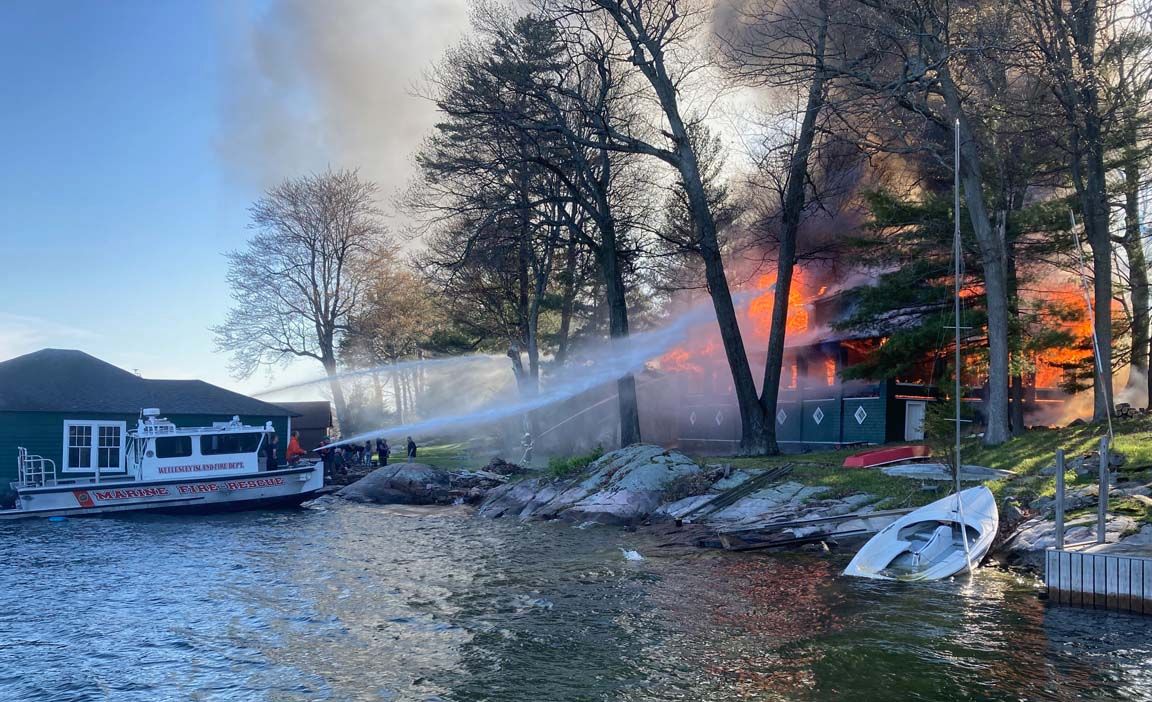
Other crews soaked the roof of a neighboring house that had started to smoke. Further downwind, they extinguished multiple ground fires, including one that ignited 250 yards away.
Much of this we learned only later. For ninety minutes, Brendan and I stayed focused on our particular task. Other folk did likewise. Besides the firefighters, forty-plus volunteers had showed up, including at least eight from my island. Some brought portable pumps, others raked leaves away from houses or searched for smoldering embers.
Even mainlanders helped. Some firefighters had been transported to Murray Isle aboard private boats.
Finally the threat subsided and people began to lay down tools and mingle. Some of us were strangers to each other. I introduced myself to my young helper. Sodden and streaked like me, he’d carried 30-pound buckets of water for more than an hour, yet I didn’t even know his name. Gino, he told me when asked. Thirteen years old.
Gino, I said gratefully, today you were a man.
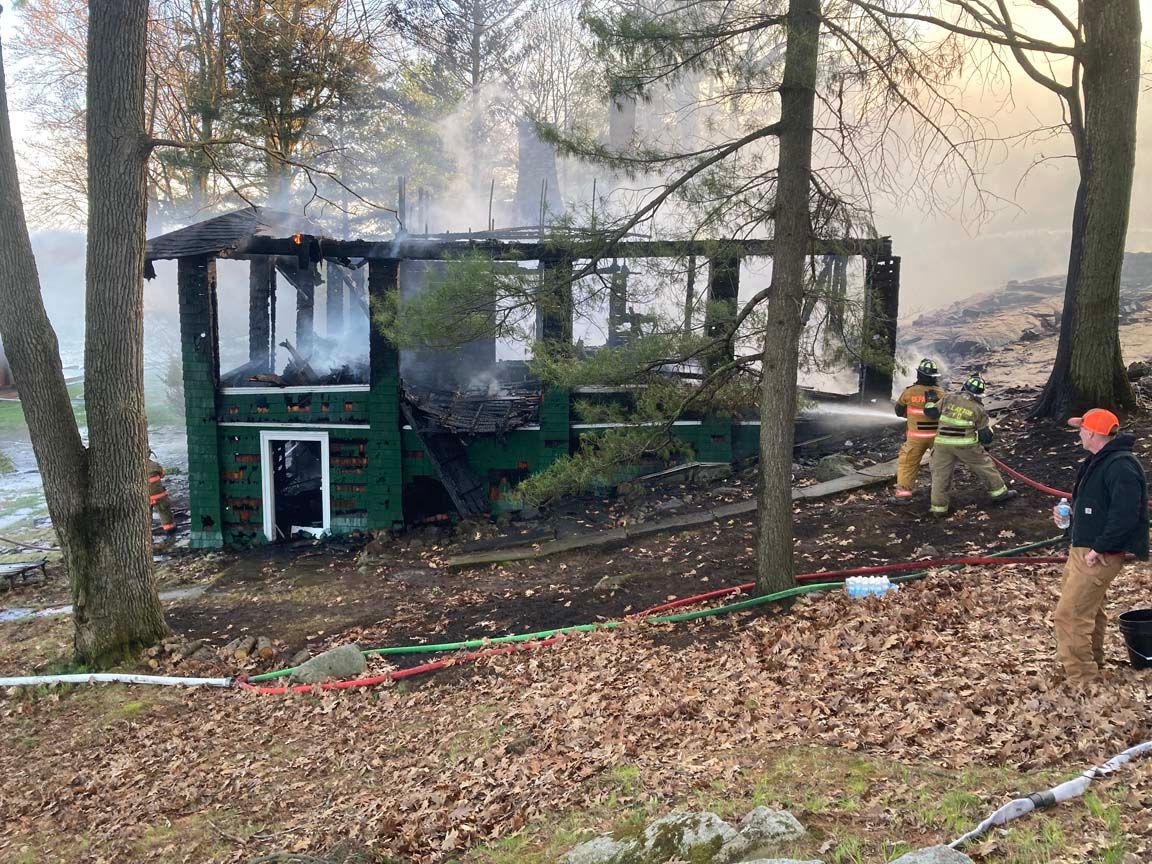
That Saturday a family lost a home, but I believe much worse was averted. Conditions were perfect for a major conflagration: dry winds averaging 15 mph and gusting twice that, ten days with only occasional rain, ground covered with tinder-dry leaves and brush — and dozens of wooden cottages surrounded by trees.
The sun was low when most of us headed home. Adrenalin long spent, Brendan and I were exhausted. Brendan also had breathing difficulties that would keep him awake much of the night. Whereas I’d been running in and out of the smoke, he’d endured long immersion in it while stamping out the ground fires.
The last pair of fireboats departed around 10 p.m., though I saw one briefly return after midnight. Multiple ground fires relit during the night and had to be extinguished by still-nervous residents.
Morning brought Mother’s Day. It surely had extra meaning for families on Murray Isle. Boaters came to gawk at the charred ruins and a fireboat did one last check. By mid-afternoon, all was quiet again. Brendan and family had departed to the mainland, as had most of my neighbors.
I stayed at my cottage, looking directly across the water at the burn site. From afar the green front of the ruined house looks almost undamaged. Yet even if the owners rebuild it as before, I already knew I’d never see it quite the same.
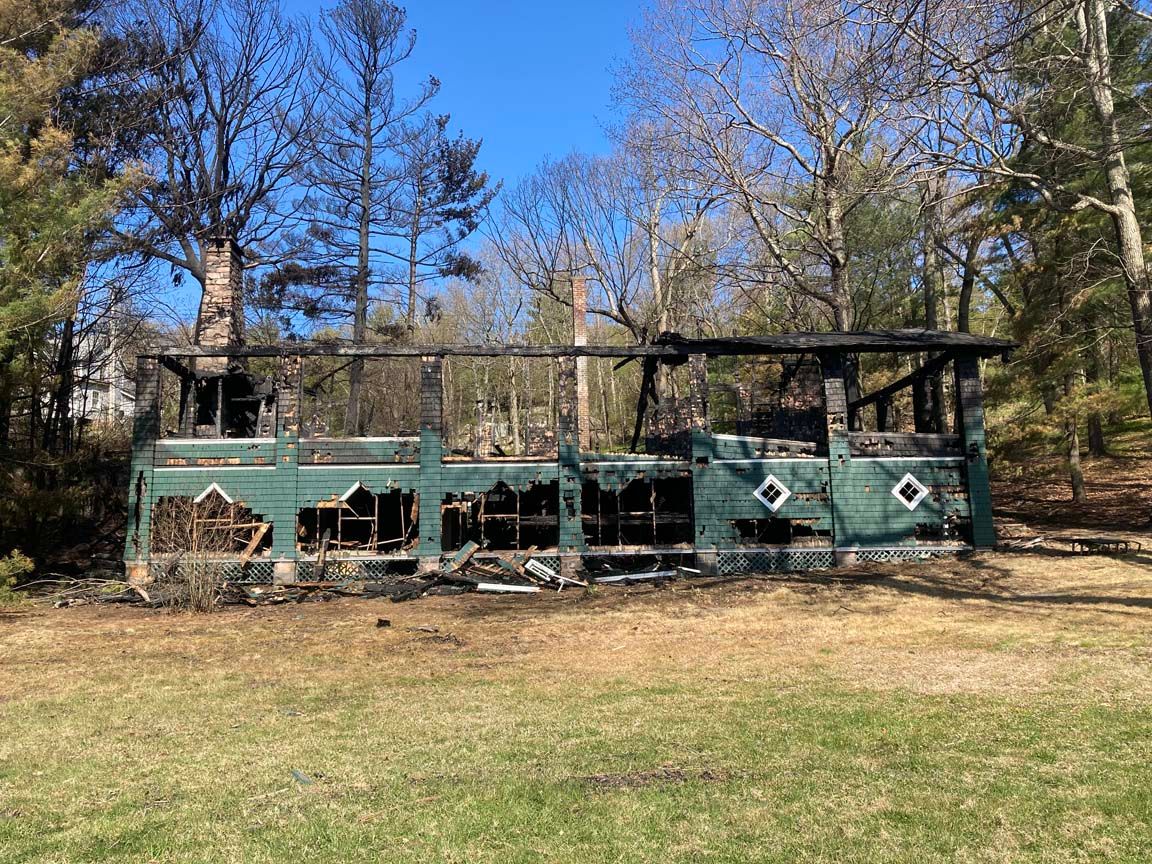
A couple of days later I returned there with tape measure. During my bucket runs, the closest I’d come to the blazing structure was thirty feet. Yet even at that distance my eyebrows and hair were twice singed and my cheeks momentarily turned papery. Brendan and I had never experienced such heat — and the brave firefighters stood much closer to it than us, and for much longer too.
But my most lasting memory is the rapidity of the blaze. Though I'd not been the first to sound the alarm, I did have a front-row view from my desk when smoke first rose. And eight minutes later, I was standing yards from a two-story house entirely aflame. No wonder islanders fear fire so much — and why so many firefighters and volunteers raced to Murray Isle.

Heat and speed. That’s the two-fold lesson, at least for me, a relative newcomer to the Thousand Islands. I encourage readers to plan accordingly. Your best sources are websites about fire prevention, but here’s three simple things I’ve already done. I checked that my fire extinguishers are easily accessible during likely fire scenarios. I put four 5-gallon buckets in my boathouse, plus two in my shed. Finally, I made sure my collection of leaf rakes includes two with metal heads for beating out ground fires (plastic ones will melt).
Beyond protecting my own home, such steps could help me slow or stop a fire at a neighbor’s house. Share your own to-do steps in the Comments section below.
Oh, and send a donation to your local fire department. Their men and women are heroes every day.
We can’t always avoid accidental fire, but we can prepare for it. Do so! Otherwise you might be helpless witness to the fastest five hundred seconds of your life.
By Glenn Sandiford
Glenn Sandiford began his career as an environment journalist in the Adirondacks, then taught in academia for more than two decades, specializing in environmental communication. He now lives in the Thousand Islands.



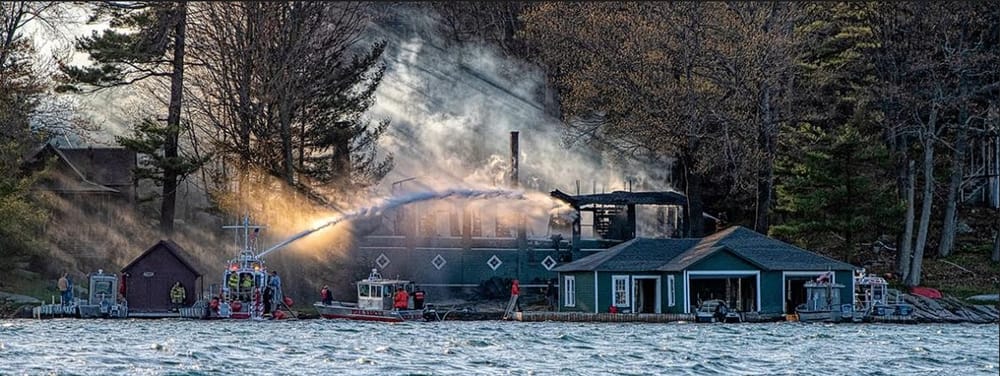
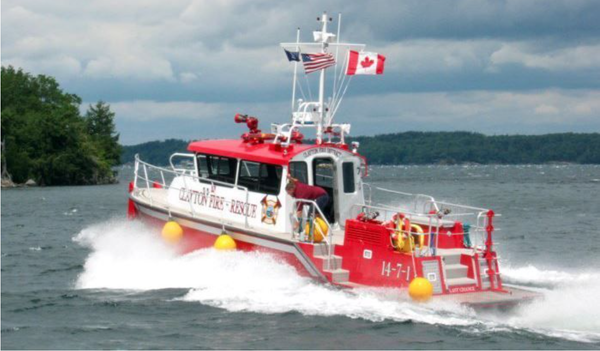

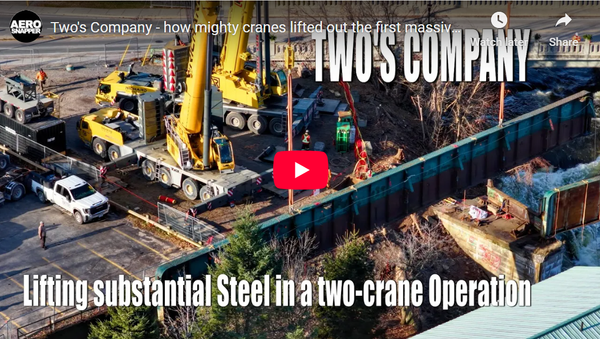
Please click here if you are unable to post your comment.